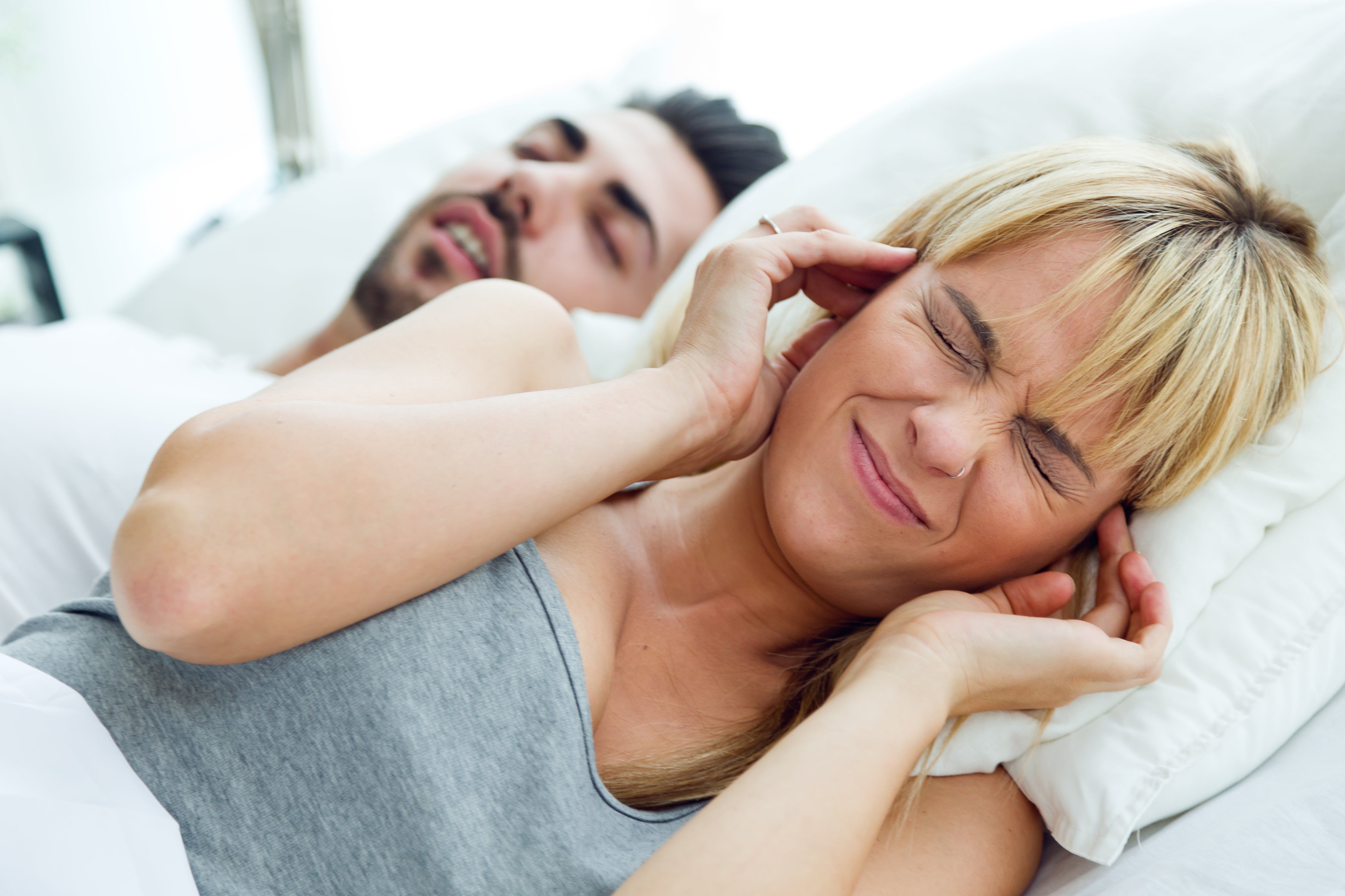Understanding and Addressing Sleep Aponea

Understanding and Addressing Sleep Aponea
Sleep aponea, a common yet often undiagnosed sleep disorder, can have significant impacts on overall health and well-being. In this blog post, we delve into the world of sleep apnea, exploring its symptoms, causes, potential health risks, and available treatment options. Let's shine a light on sleep apnea and its importance in achieving restful sleep.
Understanding Sleep Aponea:
Sleep aponea is a sleep disorder characterised by repetitive pauses in breathing or shallow breaths during sleep. These pauses, known as apneas, can last for seconds to minutes and occur multiple times throughout the night. The two primary types of sleep apnea are obstructive sleep apnea (OSA), caused by a blockage in the airway, and central sleep apnea (CSA), caused by a failure of the brain to signal the muscles to breathe.
Recognising the Symptoms:
Common symptoms of sleep aponea include loud snoring, gasping or choking during sleep, excessive daytime sleepiness, morning headaches, difficulty concentrating, and irritability. However, it's important to note that not everyone with sleep apnea experiences noticeable symptoms, making diagnosis challenging.
Uncovering the Health Risks:
Sleep aponea is more than just disruptive snoring; it can have serious health consequences. Untreated sleep apnea is associated with an increased risk of cardiovascular problems, including high blood pressure, heart disease, stroke, and irregular heart rhythms. It can also contribute to daytime fatigue, impaired cognitive function, and diminished quality of life.
Seeking Diagnosis and Treatment:
If you suspect you or a loved one may have sleep aponea, seeking a proper diagnosis is crucial. A sleep study, conducted either at a sleep centre or home, can help diagnose the condition and determine its severity. Treatment options for sleep apnea vary depending on the type and severity but often include lifestyle changes, such as weight loss and positional therapy, as well as the use of continuous positive airway pressure (CPAP) devices or oral appliances to keep the airway open during sleep.
Dental treatments are also worth looking into and you can ask your Dentist.
Never mouth tape without clear advice from a medical professional and a clear dignosis. This cannot be underlined enough.
Positional sleep aponea is treated by side sleeping. Our weighted firm range of sleep products are useful for maintaining side sleeping.
Embracing Healthy Sleep Habits:
In addition to medical interventions, adopting healthy sleep habits can support the management of sleep aponea. Establishing a consistent sleep schedule, creating a sleep-friendly environment, avoiding alcohol and sedatives before bedtime, and sleeping on your side can all contribute to improved sleep quality.
Sleep aponea is a prevalent sleep disorder that can have profound effects on health and well-being. By recognising the symptoms, understanding the potential risks, and seeking appropriate diagnosis and treatment, individuals can take proactive steps to address sleep apnea and reclaim restful sleep. Remember, sleep apnea is a manageable condition, and with the right support and interventions, you can breathe new life into your sleep and overall health.
Image by nensuria on Freepik
We are SIEST, and your sleep matters to us



